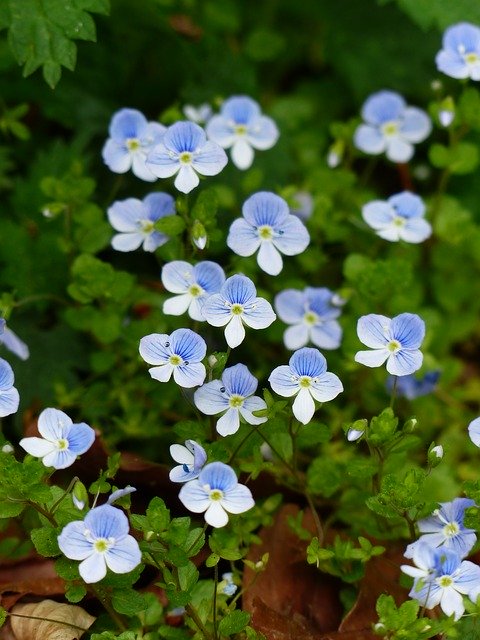Eyebright Herb

Also known as Euphrasia officinalis, Augentrostkraut, Euphraisiae herb, Eurphrasia rostkoviana, Herbed Euphraise.
Introduction Eyebright is an elegant, tiny English pasture plant, with deeply-cut leaves and numerous, small, white or purplish flowers variegated with yellow. Its botanical name Euphrasia is borrowed from the Greek Euphrosyne (gladness), one of the three graces who was distinguished from the others by her joy and mirth. Although the name comes from the Greek, very little is mentioned about the herb by Pliny the Elder or Discorides or in any herbals tomes until the 14th century, where it is mentioned in Gordon's Liticium Medicinia(1305). It is also mentioned later in Milton's Paradise Lost, where an angel gives Adam Rue herb and Eyebright to help purge his eyesight. In Elizabethan times, "eyebright ale" was a popular remedy for eye problems of all sorts.
Constituents Anti-inflammatory acubin, antiviral caffeic acid, antiallergenic ferulic acid.
Parts Used Leaf, stem and small pieces of the flowers.
Typical Preparations Warm compress or tea. Also convenient as an extract or capsule.
Summary Nowadays, it is mainly used in Europe as a rinse, compress, or eyebath, and modern herbalists worldwide use eyebright as a poultice with or with concurrent administration of a tea for the redness, swelling, and visual disturbances caused by blepharitis and conjunctivitis. The herb is also used for eyestrain, and to relieve inflammation caused by colds, coughs, sinus infections, and sore throat. Traditionally, herbalists have also used it for hay fever and nasal decongestion.
Precautions The safety of this herb during pregnancy and lactation is not proven.
PURCHASE EYEBRIGHT HERB EXTRACT
For educational purposes only. This information has not been evaluated by the Food and Drug Administration. This information is not intended to diagnose, treat, cure, or prevent any disease.
This information courtesy of MOUNTAIN ROSE HERBS, with full, written permission for reuse. For further traditional information concerning Eyebright, please visit this excellent resource from Botanical.com. Used with full, written permission.






